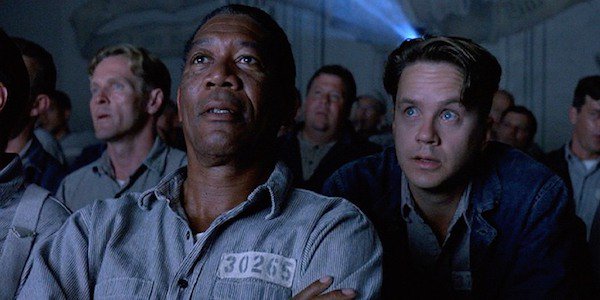Effective Use of the Frame
If you haven’t seen Joe Talbot’s brilliant directorial debut (based on a story by Talbot and Jimmie Fails that is based partly on events from Fails’s own life), you still have a few days to see The Last Black Man in San Francisco in Winston-Salem, Chapel Hill, Durham, Charlotte, Asheville, or Fayetteville.
One of the reasons I urge you to see the film at the cinema if possible is because it is visually stunning, and Talbot makes an unconventional choice in terms of framing that reinforces the sense of San Francisco as a vertical city, one that forecloses options for Jimmie Fails (playing a version of himself with the same name).

In the early days of the movies, most films where shot with an aspect ratio (width to height) of 1.33 to 1 — written 1.33:1 — later adjusted to 1.37:1, which is similar to the original 4:3 aspect ratio of the television screen.
There are a variety of aspect ratios used in film and television, but most widescreen films in the US are photographed at 1.85:1, which is roughly analogous to 16:9, the HD widescreen TV aspect ratio you’ve grown accustomed to today.
All of this is to say that the squarish frame of The Last Black Man in San Francisco is shocking at first, a bit disorienting.
But, this is the perfect visual and emotional frame for this film.
As Jimmie tries to reclaim his stately familial homeplace in a city where gentrification has foreclosed his options, the sides of the visual frame viewers have become accustomed seem to close in on him.
When we think about the weight of elements within the frame, this is called mise en scène, a French term that comes from the world of theatre and refers to the arrangement of scenery and props on the stage. In cinema, the term has a more expansive meaning and includes lighting as well as material objects — anything that gives weight to the space within the frame.
Mise en scène and framing contribute to whether or not we think of a scene as having an open form (suggesting that the virtual world continues beyond the frame and evoking a sense of freedom) or a closed form (conveying a sense of claustrophobia and reinforcing themes of entrapment).
Sometimes the contrast in tone and theme can be contained in the same film to mark important transitions. One example of this I use in class is The Shawshank Redemption (1994), which many of my students have seen.
For most of the film, Andy Dufresne (Tim Robbins) and Ellis Boyd “Red” Redding (Morgan Freeman) are in prison. The colors are cool — gray, cold blues, black — the lighting moody, and the sets enclosed to emphasize their incarceration.

Contrast this with the final scene when both men are free. Wide open spaces prevail, and the blue tones here are warmed by sunshine and suggest tranquility rather than emotional detachment.
I admire many things about The Last Black Man in San Francisco, but I am particularly taken with how the aspect ratio of the film is a unifying principle for other aesthetic elements and narrative themes.
See this one sooner rather than later…